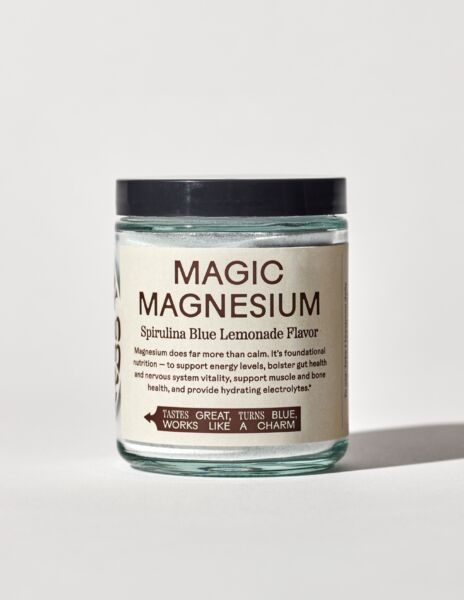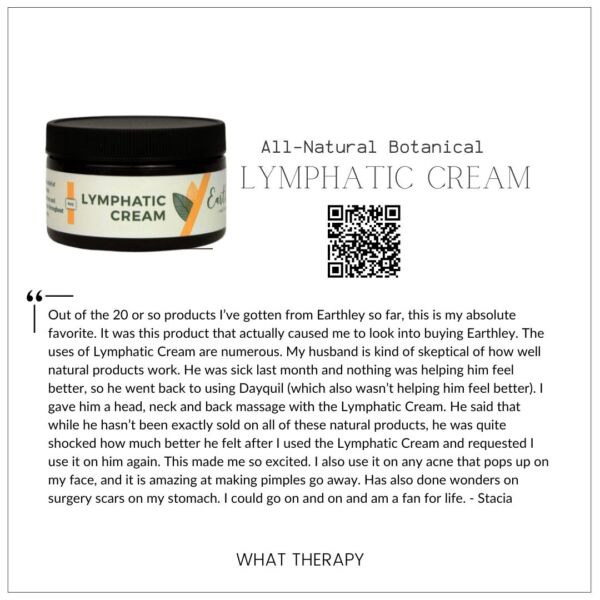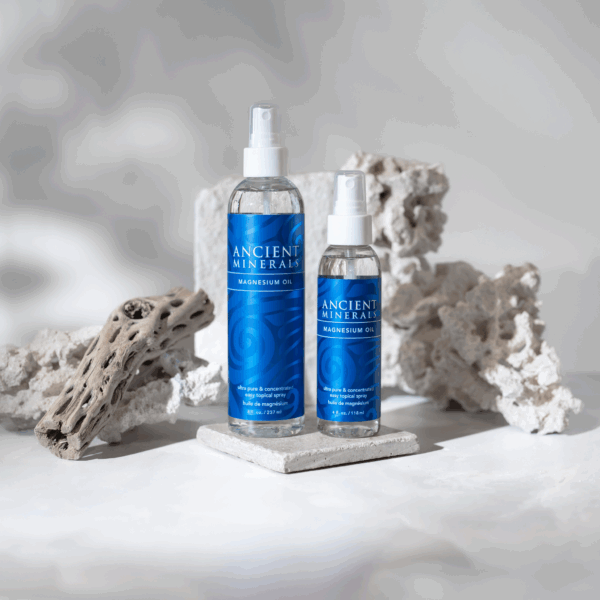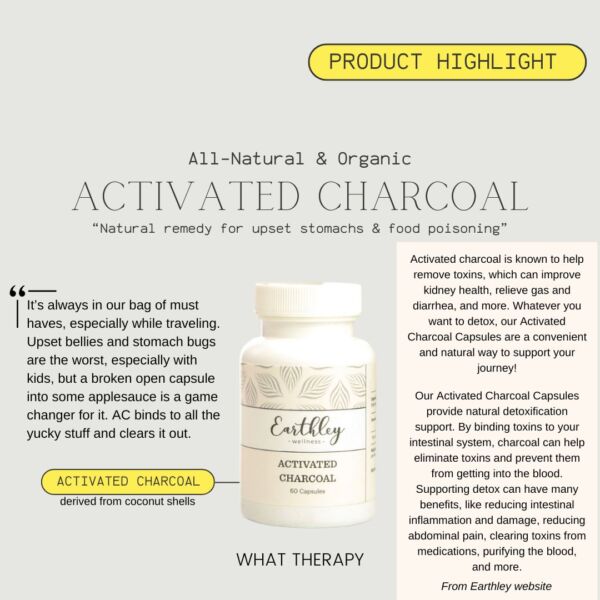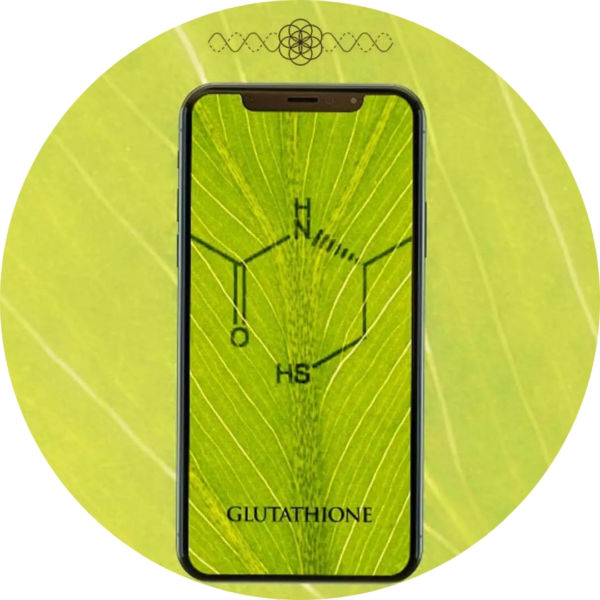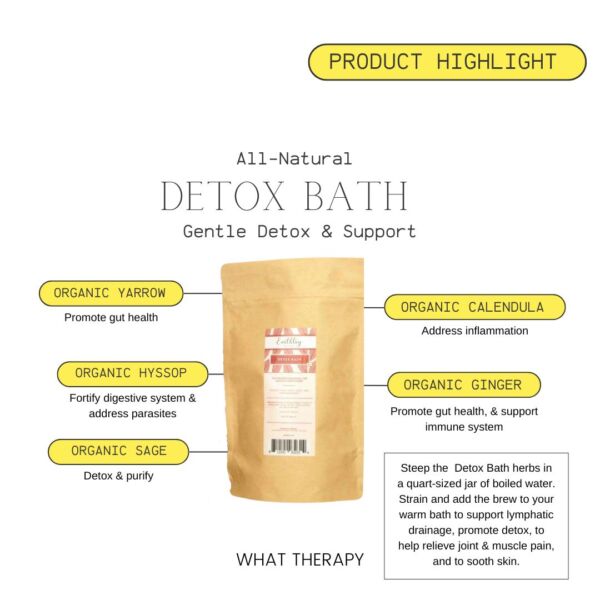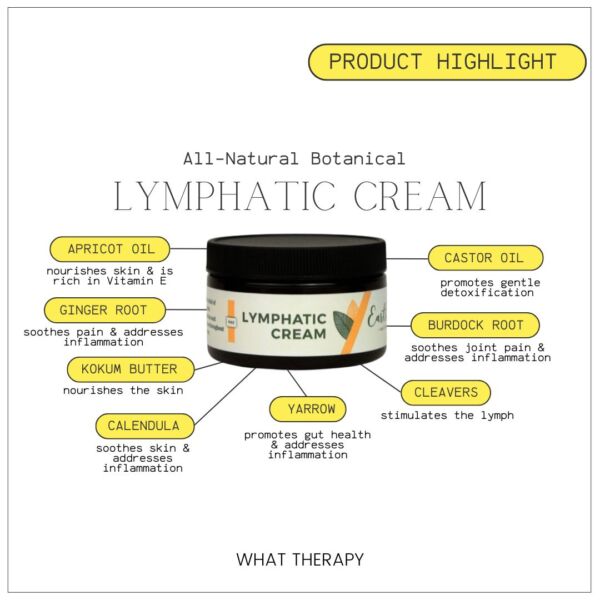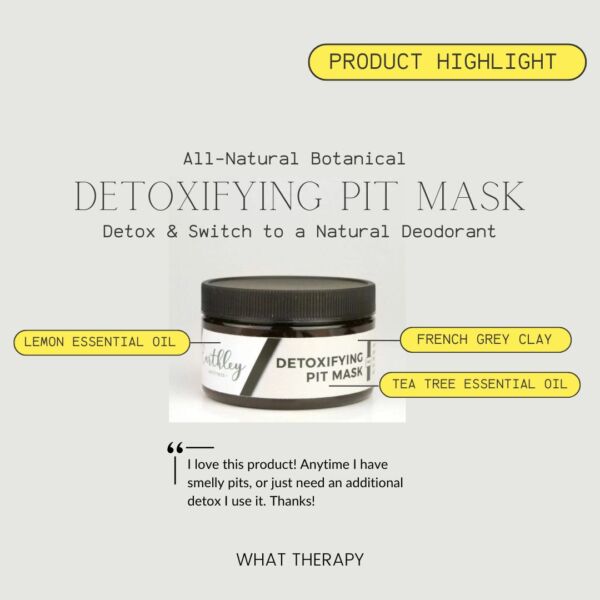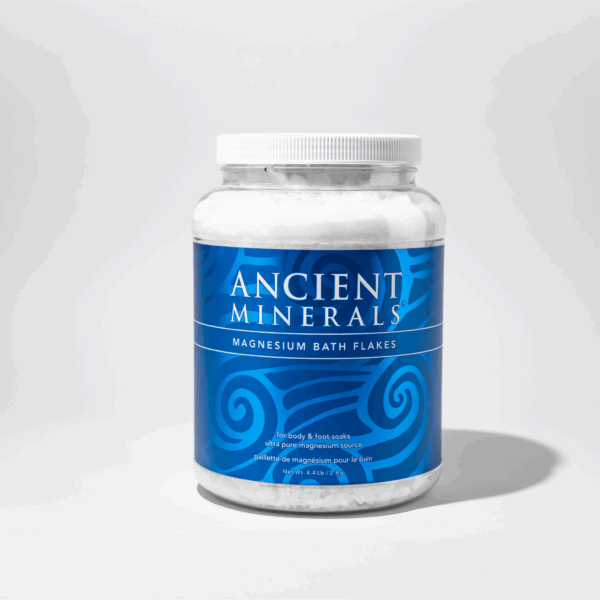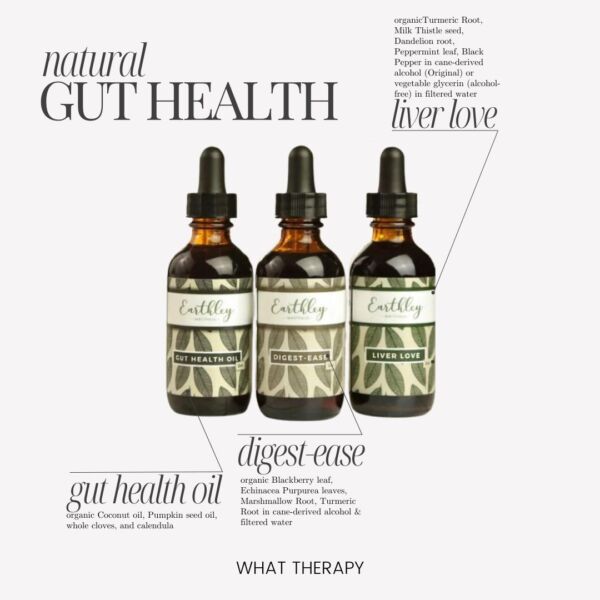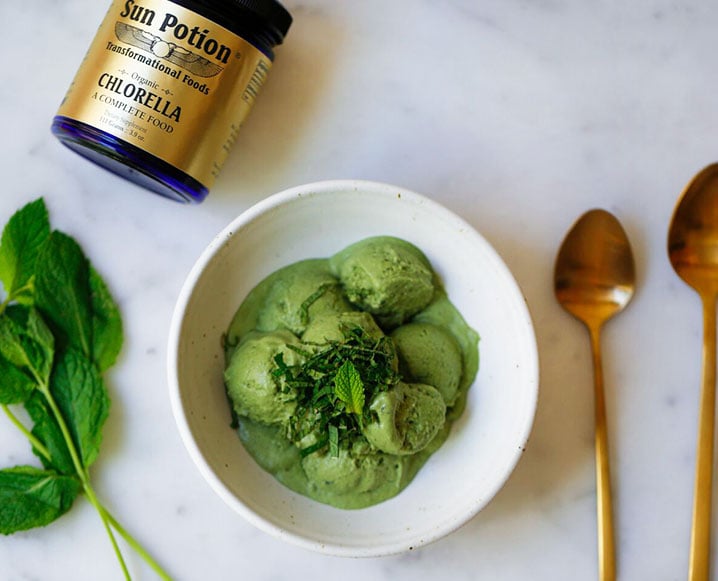Thanks to Dr Ardis, the world is seeing nicotine in a whole different light. Like most people, I believed tobacco products are addictive and terribly bad for health. And yes, commercial cigarettes are, thanks to man-made chemicals in them. Nicotine, on the other hand, is not what we thought.
The Tobacco Plant
Tobacco has been cultivated for thousands of years in the Americas and has long been used by indigenous tribes for ceremonial and medicinal purposes. First Nations, for example, treat snake bites with tobacco which has anti-venom properties. Many people also share how their great-grandparents and grandparents once used tobacco to help with cuts, ringworm, and wasp and bee stings. Or they feed it to their animals for worms. The tobacco plant is native to this part of the world, before its introduction to Europe. Cultivated around the world, China, Brazil, and the US are the top producers.
Tobacco plants are self-pollinating and grow well in a sunny spot and well-drained soil. Nicotiana includes sixty species, including Nicotiana tabacum, which has over 1,600 varieties and the one we are most familiar with. Nicotiana is part of the same family as nightshades. This means that nightshade vegetables contain nicotine (see list below).
Nicotine is the primary and one of the alkaloids the tobacco plant produces. It’s part of its defense mechanism against pests. Previously, tobacco water was a common insecticide. Here’s how to make your own natural repellant. It is toxic to insects such as whiteflies, aphids, and ticks.
In the US, the four states that allow tobacco growing for personal use are Kentucky, Pennsylvania, Virginia, and Tennessee. It is illegal in Australia and illegal in some European countries. In Canada, it is legal to grow 15kg of raw leaf tobacco per adult annually for personal use without registration certificates.
Here’s a 2024 article on the possibility of a generational ban, meaning people born after a certain year will never be allowed to purchase tobacco products. The UK has passed the Tobacco and Vape Bill. There appears to be a unified move towards these bans by 2030.
The Question of Tobacco Addiction
“Tobacco dependence is understood to be a complex process that is primarily caused by the pharmacological effects of nicotine which activate nicotinic acetylcholine receptors in the brain leading to the release of the neurotransmitter dopamine into the mesolimbic area, corpus striatum and frontal cortex. Dopamine release induces rewards, including pleasure, arousal, mental acuity, and modulation of mood.” – the intro to the abstract of “A study of pyrazines in cigarettes and how additives might be used to enhance tobacco addiction.”
This is the much-referred to 2015 Harvard Review that shows it is not nicotine that makes cigarettes addictive. It is the chemosensory agents, pyrazines. These are 15 of the nearly 600 man-made chemicals that have been legally approved for decades to be added to tobacco products in the US. Pyrazines, for example, enhance flavour profiles and nicotine delivery and absorption. Companies also use other substances to improve the smoking experience. This includes sugar to reduce the harshness of the smoke. A specific combo was used to make “light cigarettes” more attractive and to revive sales. These chemicals were designed to increase addictiveness of cigarettes that nicotine alone could not achieve.
So why is nicotine regulated and not pyrazines or the other man-made chemicals?
The researchers of the 2015 Harvard Review study used research documents that American tobacco companies were legally mandated to release since the late 1990s. They also used other available scientific literature.
The tobacco industry is gigantic. According to the US Federal Trade Commission, 2022 wholesale and retail sales amounted to $173.5 billion. The biggest global company, Philip Morris International, enjoyed $35.7 billion in net sales in 2023, according to Statista. In the same year, the US, among the leading producers, yielded crops valued at over $1 billion. North Carolina, the largest grower in the US, produced over 200 million pounds in the last year. (stats also from Statista.)
So tobacco, tobacco products, and the tobacco industry have vested interests, lobby groups, dedicated users, haters…and the subject of nicotine remains controversial and confusing as the studies unsurprisingly do not present a reliable and clear picture.
More to the story…
The primary narrative is that nicotine, by itself, is addicting, which makes Dr Bryan Ardis’s statements, research, and book controversial. Very controversial, and probably difficult to believe. Stick with me here.
Researching as a consumer and wellness practitioner is also a murky experience as we know what gets published has much to do with who is getting funded.
Dr Ardis’ book, Moving Beyond the Covid-10 Lies: Restoring Health & Hope for Humanity, was published in 2024. At the writing of this article, it has over 800 reviews and 4.8 stars. For many people, the title alone is provocative. However, research has been showing some very interesting information about long haul CV and CV itself. So, I recommend giving it a read and do more research for yourself.
The book is on my list to read. The general sentiment of these 800 reviews points to a well-researched book. I have also read positive feedback in FB groups. If you’ve read the book, I’d love to hear from you.
One of the topics covered by Dr Ardis’ book, and what he often talks about, is the role of nicotine in healing long haul CV. He refers to published studies about nicotine having a positive effect on a whole list of conditions, such as Parkinson’s, Alzheimer’s, MS, ulcerative colitis, arthritis, Type 1 diabetes, hypothyroidism, and parasites. He also references a 2021 study that showed nicotine dissolving glioblastomas in three days. People have contacted him to share about their recovery using his protocol, discussed below.
Interestingly, Laquinta Columna shared a video in 2024 showing how tobacco water dissembled nanotechnology in dental anesthesia. This may feel like it’s verging on conspiracy theory territory…but… reseracher Rafa Calvin dried out dental anesthesia for thirty days and then put one gram of tobacco diluted in water onto it. Here’s an article by Dr Ana Maria Mihalcea (author of Light Medicine) who provides additional insight on this topic, along with recommendations from her own clinical practice.
So what else has Dr Ardis shared? Quite a lot.
I’ve included these as points below.
- Our body has nicotinic acetylcholine receptors.
- Nicotine is not addictive.
- Nicotine is found in vegetables. It makes sense since the tobacco plant is from the same family as nightshades. The three vegetables with the most nicotine are eggplant, potatoes, and tomatoes. According to Eggplants Contain Nicotine byMcGill University’s Office for Science and Society, one gram of eggplant contains about 100 nanograms of nicotine. One cigarette has 2 miligrams though smokers are believed to absorb as little as 0.5mg. According to the article The Nicotine Content of Common Vegetables published by The New England Journal of Medicine, one gram of green tomatoes contains 42.8 nanogram of nicotine and one gram of pureed tomatoes contains 52 nanograms. These are trace amounts that when consumed daily and from multiple foods has a different effect in the body.
- Nicotine is a nootropic which means it boosts cognitive performance. Studies have shown that nicotine can improve cognitive impairment. Nootropics you may know include Ritalin and Adderall. Others – caffeine and herbal ginseng. (source)
- Nicotine is a detox nutrient and anti-parasitic.
Here are some resources Dr Ardis shared.
1. A History of the Medicinal Use of Tobacco 1492-1860 published by Cambridge University Press shows how widely tobacco was once used.
Classified as a panacea, it “cured almost all diseases” (note from 1614) and “the use of snuff improved the whole body” (note from 1668). 1622 and 1747 both had references to cancer. Tumours (1597, 1851). Lungs, chest afflictions, arthritis, ringworm, tetanus, rabies, smallpox, scurvy, rheumatism, gout, and more. Tobacco was also known to be prophylactic against infection, malaria, yellow fever, and bubonic plague. [read PDF]
2. “Phytochemical Properties, Pharmacological Activities and Ethnomedical Uses of Nicotiana tabacum L.– A Comprehensive Review” from The International Journal of Applied Science Research [link] [read PDF]
“In addition to the alkaloid nicotine, tobacco contain other major phytochemicals such as flavonoids, tannins, saponins, terpenoids, cardiac glycosides, phenols, steroids, polypeptides, resins, etc. These bioactive substances have a number of biological activities including antimicrobial, antibacterial, antifungal, antiviral, antioxidant, anthelmintic, antinociceptive, anti-Alzheimer’s, peripheral nervous system activities, central nervous system and cardioavascular system activities.”
3. “Is the post-COVID-19 syndrome a severe impairment of acetylcholine-orchestrated neuromodulation that responds to nicotine administration?” is a study by Marco Leitzke (Department of Anesthesiology, Helios Clinics, Germany) published in 2023 in Bioelectronic Medicine (link).
This is a comprehensive read well worth the time. It discusses SARS-CoV-2, long-haul symptoms, and studies using nicotine on conditions such as Parkinson’s. These studies also show there is no dependency. He believes that it isn’t surprising that how SARS-CoV-2 binding to nicotinic acetylcholine receptors explains the spectrum of long CV symptoms.
The study itself is based on a small population of four non-smoker adults – one female and three males – ranging from 19 to 52 years of age. The participants recorded their symptoms for four days before applying 7.5mg/24 hours nicotine patches for seven days. They continued to monitor themselves.
One person purchased 15mg patches by mistake. This dosage was too high and poorly tolerated. This participant stopped the treatment after ten hours.
All participants reported a reduction in all categories, including the participant who stopped early. Their symptoms included a loss of taste and smell, fatigue, pain, reduced memory, and coughing attacks. It is worth your time to read this lengthy abstract, especially the case studies and conclusion. The participants were consulted between three and six months afterwards. None of their symptoms returned. The researcher notes that further testing is required.
Vagus Nerve approach to CV
Furthermore, he wrote – “Nicotinic AChRs and specifically the a7nAChR play a major role in the vagus nerve regulation of inflammation through the efferent arm of the inflammatory reflex (Wang et al. 2003; Pavlov 2019; Tracey 2002) and there is a growing interest in exploring electrical vagus nerve stimulation in neuromodulation strategies to control inflammation and treat several chronic diseases under the umbrella of the growing field of Bioelectronic Medicine (Pavlov and Tracey 2022; Pavlov et al. 2020). There is also an interest in using non-invasive VNS in the treatment of COVID and post-COVID syndromes (Pavlov and Tracey 2022; Pavlov 2021).”
☞Naturally stimulate your vagus nerve with massage, deep breathing, and meditation.
Here are additional studies to check out:
- Nicotine in Inflammatory Diseases: Anti-Inflammatory and Pro-Inflammatory Effects [link]
- Dose-dependent protective effect of nicotine in a murine model of viral myocarditis induced by coxsackievirus B3 [link]
Nicotinic acetylcholine receptors
We have nicotinic acetylcholine receptors in the nervous system and muscles. Nicotine and acetylcholine bind to these receptor polypeptides. This leads to the opening of ion channels across cell membranes, facilitating the movement of calcium, sodium, and other ions. Neurotransmitters such as dopamine are released. When the receptors are blocked, cognitive processes, muscle function, mood, and blood pressure are affected. Toxins such as pesticides and spider venom and medications such as antihistamines and antidepressants interfere with acetylcholine levels. The precursor of acetylcholine is choline which is made in our liver and can be found in seeds, kidney beans, cruciferous vegetables, egg yolks, and other food. (more reading on how acetylcholine works)
Viruses also bind to these receptors. Dr Ardis has claimed that every virus could be beat with nicotine. This statement was based on published studies that viruses bind to these receptors. Because of the receptors’ preference for nicotine, the viruses could be kicked off. This allows the body to detox. (In a parallel example, by addressing bacterial infection, such as taking rosemary, we can clear bacteria from Vitamin D receptors, making this hormone bioavailable to the body.) Using nicotine can remove spike proteins, whether from infection or injection.
Alpha-7 Nicotinic Receptor
The α7 receptors are in lymphocytes, spleen, and brain and are a type of nicotinic acetylcholine receptor related to memory. Studies, like this one by Brittany CV O’Brien et al, show that SARS-CoV-2 bind to α7 receptors. (Ivermectin also binds to these same receptors.)
Dr Ardis’ suggestions:
Below are Dr Ardis’ suggestions, along with information drawn from people’s feedback.
- organic tobacco leaf – make a tea or foot soak with it
- tobacco essential oil applied to the bottom of the feet or inhaled (options from online search – Eden’s Garden, Essential Oil Wizardry)
- nicotine gum or lozenges (this may cause nausea for some people; try the patch)
- dosage: the general recommendation is to start with the 7mg patch. It’s best to start with 1mg daily for a week. Dr Ardis has mentioned 0.2-0.4mg/kg of body weight is the curing dose for myocarditis, based on animal studies.
- for those in Australia, people in FB groups have recommended Nicotinell (Chemist Warehouse) and NicoDerm Step 3 (7mg).
About the Nicotine Patch
In the study by Marco Leitzke, discussed previously, the participants were non-smokers and used 7.5mg/24 hours patches. Some nausea was experienced. For people who’ve never used patches or smoked, Dr Ardis recommends starting with 1mg each day and work up. Based on animal studies, for conditions such as myocarditis, he’s said 0.2-0.4mg per kg of body weight. For someone who is 150lbs, this is between just under 14mg to 27mg per 24 hours; for 200lbs, 18mg to 36mg. (Please remember this is not medical advice and to do your own research.)
Dr Ardis himself and his wife have been wearing 3.5mg daily for several years. Previously he recommended Rugby patches and now, he recommends these more natural ones.
Starting the Patch
Nicotine patches come in 7, 14, and 21mg. You can cut a 7mg patch into 7 strips to wear one (1mg) daily for a week. Or longer. Note your personal responses. Some people put the patch right on the pain spot, such as joints. In the study with autistic kids, the patch was place on the back, between the shoulder blades. Other suggestions are the hip, foot, shoulders… experiment. Do not place them on the head, face, or neck. Because patches have a 24-hour release mechanism and people are using a low dosage, people have not reported any addictiveness. Start with 1mg a day and rotate placement is the general advice I’ve seen.
Many people have also started with a 7mg patch. Some went straight to the 21mg! Many have reported an immediate difference. Everyone is different.
Additional P ointers
Some people do react very strongly. Since nicotine is a detox nutrient, they are likely reacting to the release of captive poisons from the receptors as nicotine binds to these receptors instead.
Be sure to stay hydrated and keep your detox pathways opened. Perhaps look into taking a binder such as Chlorella. I’ve heard that daily longterm use of activated charcoal can be problematic for the gut. If you are on medication, take binders at least two hours before or after it. Epsom salt baths and magnesium are also helpful. I prefer baths with magnesium flakes. Aside from using Good Night Lotion as my primary magnesium source, I use Lymphatic Cream and take Liver Love Tincture and Gut Health Oil. It may be helpful to first open your detox pathways prior to beginning the patch protocol.
For the month of August, 2025, Earthley’s Goodnight Lotion is 25% (use my code WT25 or just Mag25). You can now add What Therapy as your affiliate. Click “Add Affiliate” button on the top of the website banner and type in WhatTherapy. Thanks!

Health Disclaimer
Information provided on the What Therapy platform is for educational purposes and to raise awareness. Check in with your healthcare practitioner, naturopath, functional medicine doctor, etc, regarding any changes you want to make.


